On the occasion of political changes, the corpses of kings were deliberately destroyed
The discovery in the Mayan pyramid indicates the dramatic collapse of the dynasty, archaeologists say. Burnt burial goods containing charred royal bones discovered in a Mayan pyramid included a carved hanging tablet in the shape of a human head.
 Photo: cambridge.org
Photo: cambridge.org
In an ancient Mayan pyramid temple in Guatemala, archaeologists recently discovered the charred bones of at least four adults who were likely members of the royal family, CNN reports. The burning indicated a deliberate and potentially public desecration of their remains, according to a new study.
The bones provide a rare glimpse into the deliberate destruction of corpses in Mayan culture to commemorate dramatic political changes.
All of the remains were of adults, and scientists identified three of them as males. Two of them were between 21 and 35 years old, and one was between 40 and 60 years old, the researchers reported Thursday in the journal Antiquity. Among the bones were found thousands of burnt objects, whole and in parts, including body jewelry made of greenstone (green minerals, including jade), pendants made of mammal teeth, shell beads, mosaics and weapons. Their wealth and abundance hinted at the royal status of the people in the tomb.
But the burning of artifacts and remains was unusual for members of the royal family, as was their placement in this chamber of the pyramid. The discovery sheds light on the emergence of a new type of leader who may be redefining power during social change, the study's authors say.
Scientists discovered charred bones and grave goods in 2022 at the bottom of a room under the temple, under a pile of building materials. According to the study's lead author Dr. Christina T. Halperin, an associate professor of anthropology at the University of Montreal, the burial was about 5 feet (1.5 meters) under large stone blocks typically used for building facades — an unexpected location for people of royal descent.
Typically, the Mayans kept royal remains in accessible places where visitors could make sacrifices. By comparison, this chamber “does not have all the characteristic features of what is usually used for royal burials,” says Christina Halperin: “They just dumped them in one place. And then they poured all the construction mixture right on it.”
The shrinkage and deformation of the charred, broken bones indicated that they had been burned in a vast inferno at temperatures of more than 1,472 degrees Fahrenheit (800 degrees Celsius). Radiocarbon dating — analyzing the decay rate of carbon isotopes to determine the age of an object — showed that the fire occurred from about 773 to 881. However, the analysis also showed that the people had died decades earlier; perhaps even a century before their skeletons were burned, suggesting the fire was related to events that occurred long after their deaths, the scientists write.
“This is an amazing repository of burned human remains and precious objects clearly associated with the royal family,” Dr. Stephen Houston, a professor of anthropology and the history of art and architecture at Brown University in Providence, Rhode Island, told CNN by email.
< “Halperin is one of our most gifted field workers,” notes Dr. Houston, who studies ancient Mayan culture but was not involved in the study. “This paper illustrates how we should interpret unusual remains,” he added.
Researchers discovered the remains at a site called Ucanal, located about 249 miles (400 kilometers) north of Guatemala City. The ancient metropolis was the capital of the Canvitznal Maya kingdom, and during the heyday of Ucanal, from about 630 to 1000, the urban settlements covered an area of about 10 square miles (26 square kilometers).
Around the beginning of the ninth century, when the remains were burned, Mayan carved records described the deeds of a new ruler named Papmalil. According to the study, the name was not found in earlier drawings, “and may have been foreign in origin,” going back to the Mayan peoples of another region.
According to Christina Halperin, unlike the royals who came before him, Papmalila's official title, “och'in kalumte,” or “Western Sovereign,” was associated with military leaders. Key changes in political alliances, the dismantling of old elite monuments and the construction of new public buildings also marked this historical period. Researchers report that the ceremonial burning of the bones of previous rulers may have highlighted the change in leadership.
Ritual desecration of royal remains by fire was not unusual in Mayan culture. The Mayans even had a term for it: “och-i k'ak't-u-muk-il,” “the fire entered his/her grave,” the researchers write. However, no signs of burning were found in the chamber where the bones and artifacts were found, suggesting that the burning took place elsewhere.
“It could have been burned in their original tomb itself or in a public square,” comments Halperin. But no matter where the remains were burned, a fire of this magnitude would not have gone unnoticed.
“This was such an unusual burning that the general public should have known about it,” she said. After the fire, the placement of blackened remains in a large pyramid temple likely formed part of other ceremonies marking Pamalil's rise to power.
Halperin says finding evidence of ancient Maya that points to transformative social change is “really exciting.” «.
“We know so little about the politics going on at this time, which is why this is an important event that helps us recognize the political transition. This really highlights that yes, political dynasties have collapsed. But in different parts of the Maya world there is also a renewal and restructuring of society.»
According to Stephen Houston, this mysterious collection of burnt bones and royal artifacts, piled in a chamber and covered with building material, «is well illuminated by ritual connections with practices known from Mayan hieroglyphs, and with the appearance in historical records of an exalted, albeit foreign, personality.” “Larger excavations at Ucanal may reveal other traces of this change of dynasties, perhaps in the form of burned buildings or rapid changes in artifacts.”
The discovery also provides insight into the resilience and continuity of Mayan culture, Halperin added.< /p>
“This helps highlight the fact that Mayan society did not cease to exist when their political systems changed,” she said.

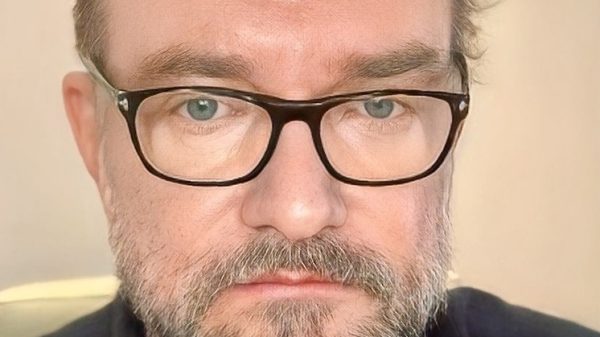
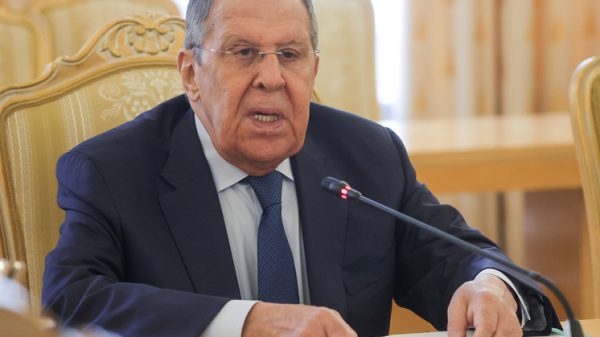


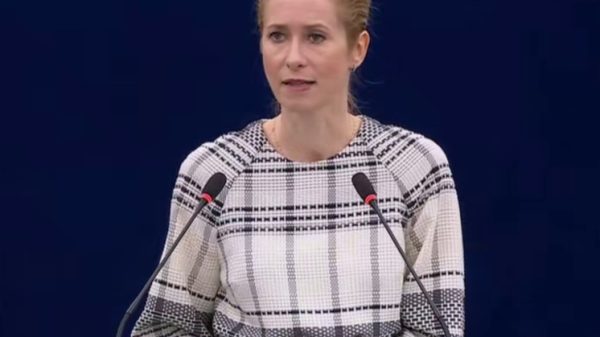

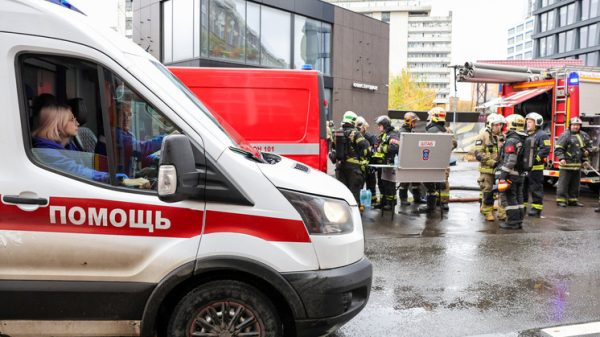

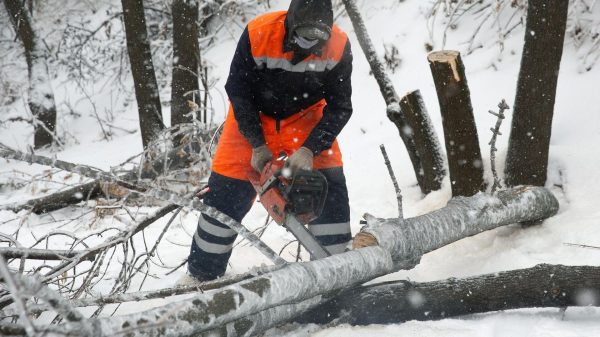
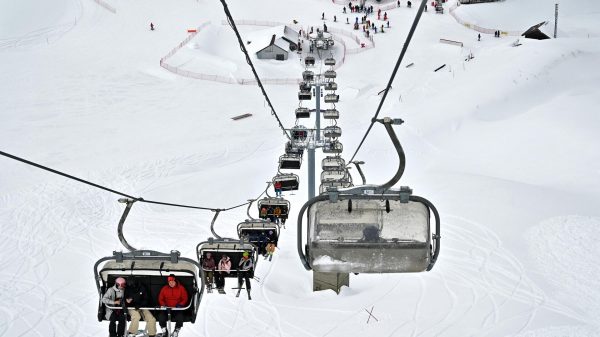
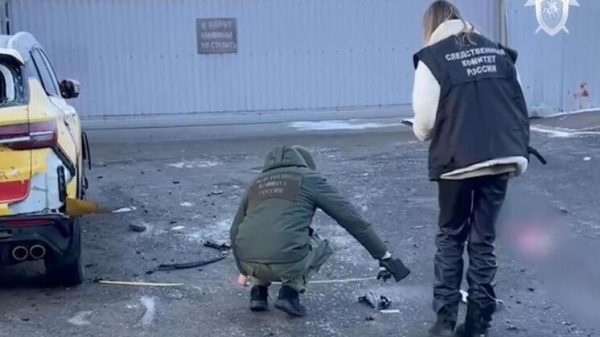



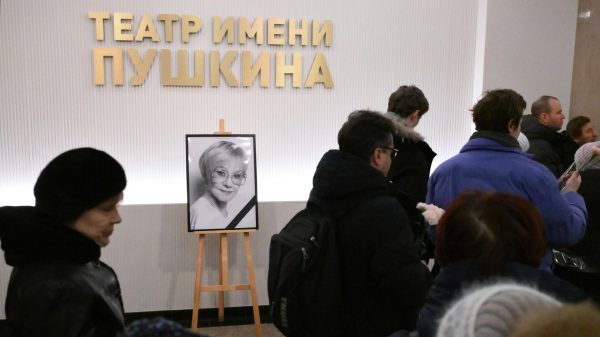
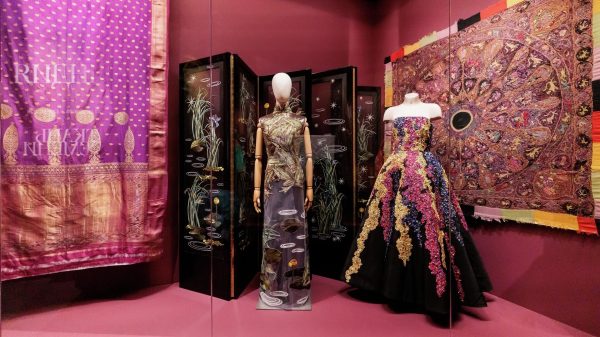
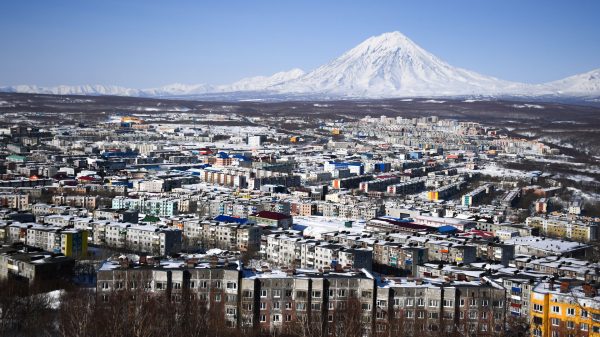
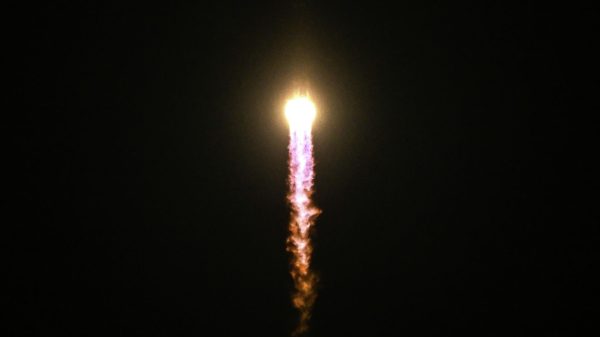
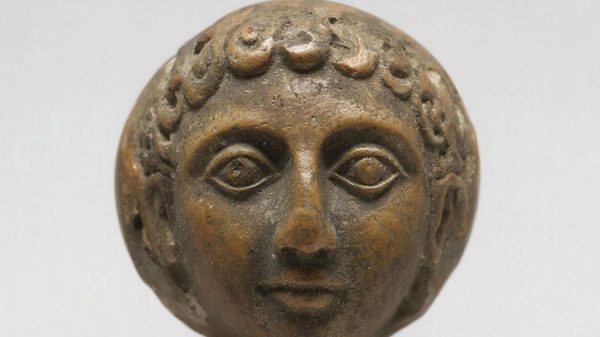
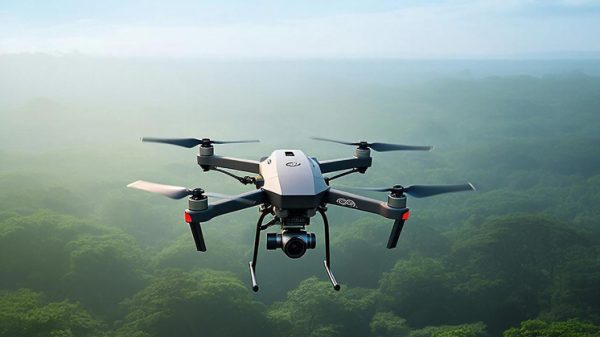
















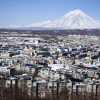

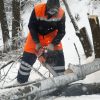















Свежие комментарии